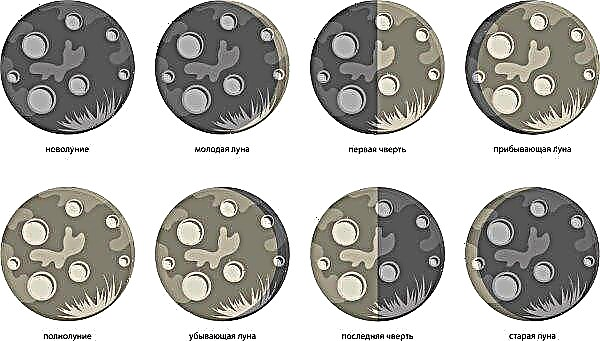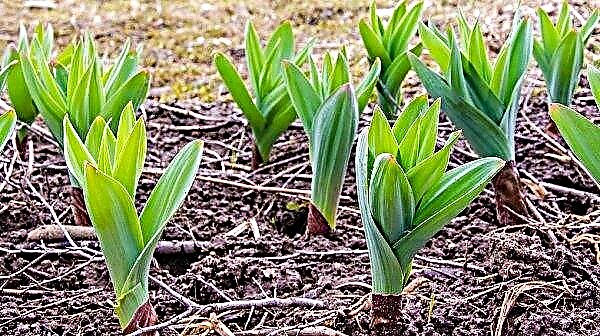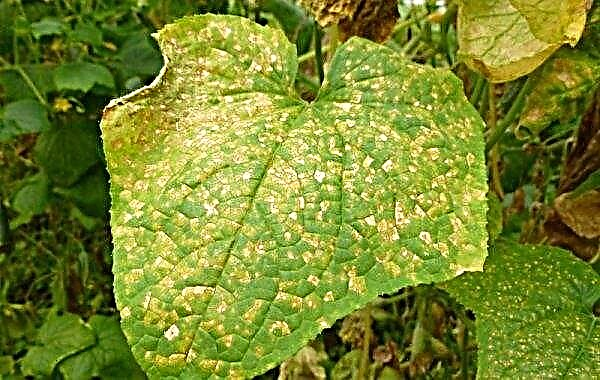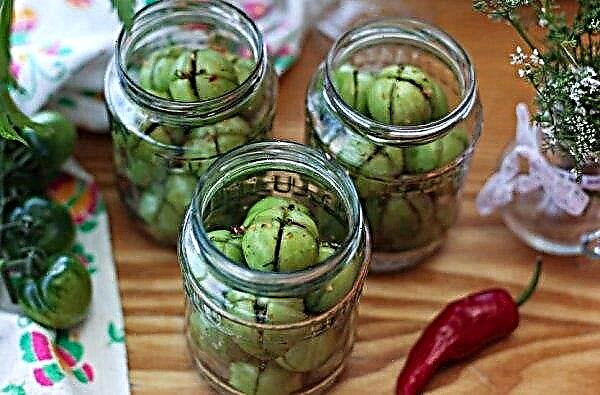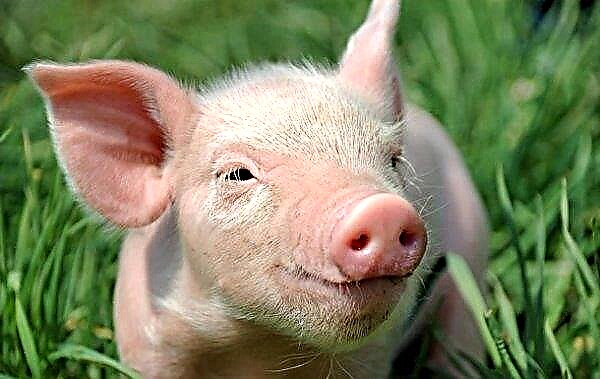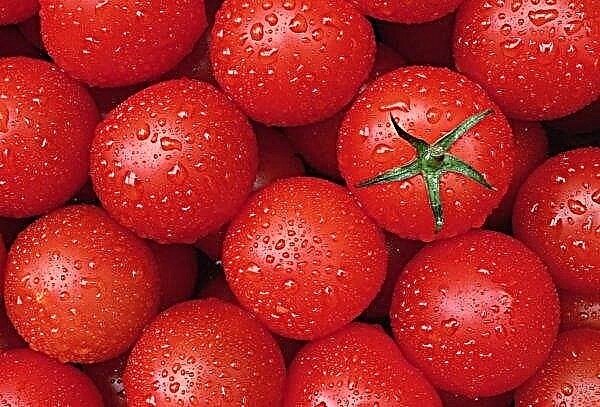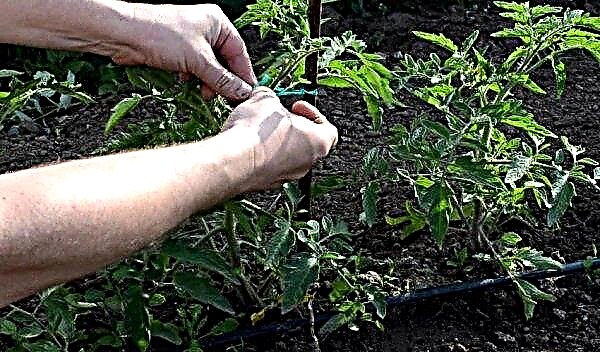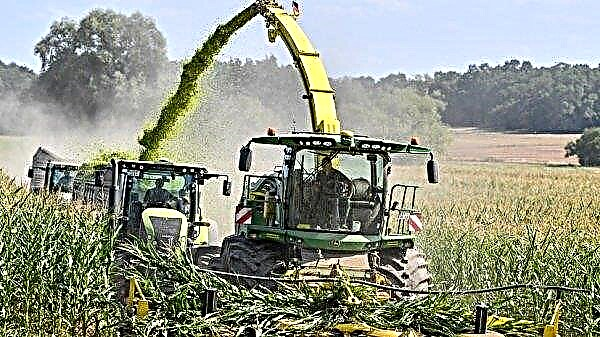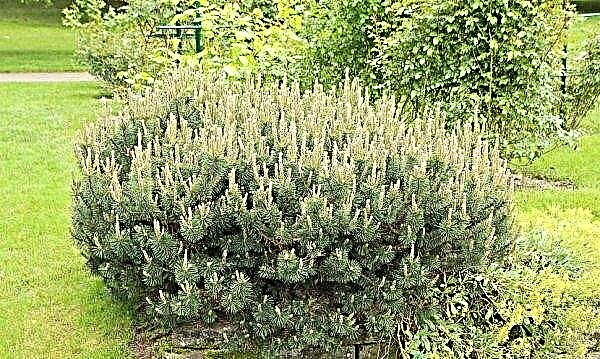Peking cabbage has long appeared in our latitudes, and some of its varieties, resistant to small frosts, can be found almost throughout the country, except in cold climatic zones. Despite the fame and recognition, many gardeners cautiously look at this vegetable and believe that when it is grown, harvested and stored, many problems arise. But this is not at all true, and in this article it will be proved.
Description of Peking cabbage
This one-year cold-resistant crop belongs to the cruciferous (cabbage) family. The predominant use of this plant is lettuce, less often used for salting. The head of cabbage is very similar to ordinary cabbage, but it is not round and is not pulled into a dense forks. Wrinkled leaves with elements of bloating give the fetus airiness, because of which it has a small mass.
The species is precocious, and the first crop can be obtained in a month. Also, the plant is valued as a sealant for garden plantings - so that the land does not “walk” between the beds. It is not too important which variety to choose for planting, since any Peking will perfectly take root in non-acidic soil.
Did you know? With all the useful vitamin complexes and trace elements found in Beijing cabbage (as well as in many other representatives of the cabbage family), this vegetable can bring one undoubted harm to health: with frequent use in food, some dependent people may develop thyroid edema .
The basic rules of growing
The cultivation of Beijing cabbage has some nuances that significantly affect the future crop.
The scheme of planting and cultivation in the spring-summer period is as follows:
- In early April, seeds are sown in small cells (2x2 or 3x3 cm).
- A month later, in early May, already grown seedlings are planted in open ground (at the dacha according to the 50x30 scheme, on farmlands - 70x30).
- In early June, young cabbage can be cut off - the fruits are delicate and already edible, and the plant does not have time to go in color.
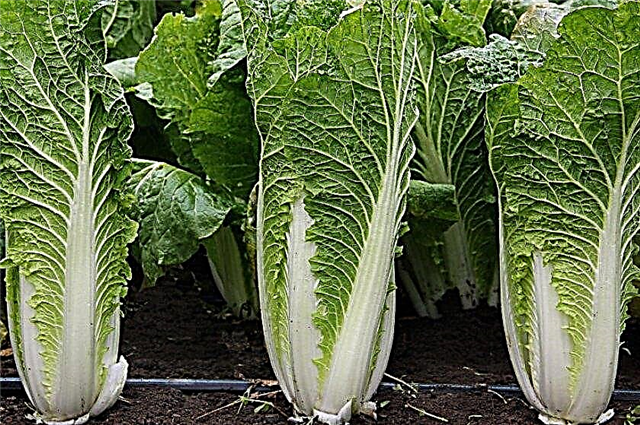
In the suburbs and the middle zone, seedlings can be planted in the ground even in early or mid-April. The climatic conditions of these regions are well suited to this frost-resistant culture.
The most fruitful for growing is the summer period, when the heads of cabbage are poured under the hot sun. At this time, they get excellent consumer qualities. Planting is carried out only by seeds (which significantly reduces the complexity of growing) in the second half of July, and the crop is harvested before early autumn, before the onset of the first frost.
Important! When leIn growing Chinese cabbage, only the ridge method is used, which involves planting the material in the tubercles - ridges. Hilling and raking land to such ridges is prohibited during crop growth.
Features of harvesting Beijing cabbage
The plant is considered quite exotic, although in many ways it is similar not only to ordinary cabbage, but also to garden salad. The tenderness and fragility of the vegetable require careful manipulation of the harvest.
When to harvest Beijing cabbage
Given the precocity of the species, the harvest can be done 2-3 times a year, and each of these fees can be carried out in two stages. This allows you to constantly have Beijing cabbage on the table.
There are two stages of crop growth for harvesting:
- Closing the leaves of young bushes in the garden - this happens before the heading is formed, when the leaves are about 10 cm high, the next thinning of the foliage is repeated.
- Full shaping fork - two months after the first shoots.

Cleaning technology
For high-quality crop rotation and proper preparation of the soil for the next season, the crop is harvested on the vine - after ripening heads of cabbage, the rest of the bush breaks out of the ground or is carefully dug up. Forks must be cut in dried form - after the dew has fallen or dried out from the rain. If harvesting from the garden is done in the autumn, then everything must be removed before the first sharp temperature drops.
Important! If cabbage was used to seal beds with other vegetables, then it must be removed immediately when it becomes necessary to care for the main plant. Usually this occurs on the 30–40th day after germination, which is quite enough for the use of "Beijing" in food.
How to store
Summer residents who have learned to cultivate this culture agree that even such tender heads of cabbage can be stored for 3-4 months without much damage and loss of quality.
It is necessary to observe such simple rules for preparing for storage:
- forks should be well dried out from excessive moisture;
- the crop is picked, spoiled, frozen and old fruits are discarded;
- no need to zealous with picking leaves with dots of rot, since the forks should be in their "clothes" - such vegetables are used first for food.

Store in a cool, dry place without bright light. A closet on the balcony, a subfloor, a ventilated cellar are well suited. It’s good to wrap each head of cabbage in paper so that excess moisture is absorbed into it. You can tightly put on cling film - on top of paper or without it.
How to Harvest Peking Cabbage Twice a Season
Two crops can be obtained using spring planting seedlings and summer planting seeds. The rapid growth of culture allows you to take the first crop of delicate leaves and young forks. After that, seeds are planted for the next harvest, which will be obtained just before the onset of frost and is able to be well stored for consumption in winter.
Did you know? This cabbage has an interesting property - with a calorie content of 16 calories per 100 g, it does not turn into subcutaneous fat, even if you eat it in unlimited quantities. Such foods are considered negative calorie foods.
How many degrees of frost does Beijing cabbage withstand
Frost resistance is typical for many cruciferous plants. The origin from the not-so-warm region and the structure of the leaves of Peking cabbage suggest that it is hardly afraid of frost.
Small minus temperatures do not scare bushes and forks on them. Night drops to -5 ° C are not a problem and do not lead to damage to the culture. If more severe frosts are expected, then it is better to harvest the crop in advance.
Peking cabbage has many beneficial properties and is an excellent salad vegetable. She delights in her appearance and taste. With the apparent difficulty of cultivation, those who are used to cultivating it, consider this a simple matter. Proper care and timely harvesting will allow not only to have delicious leaves on the dining table, but also some reserve for the future for several months.




